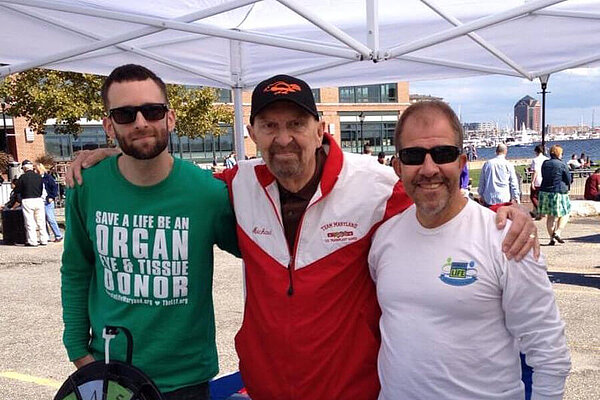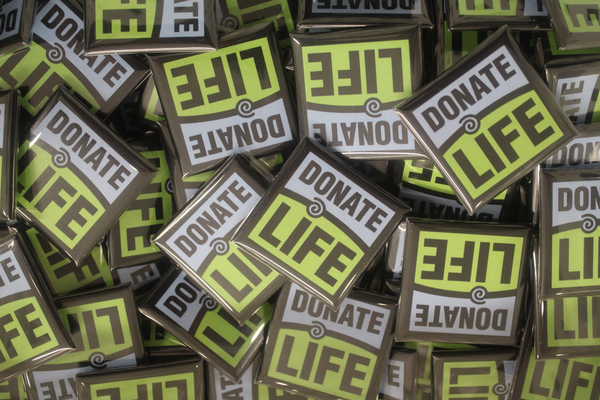How Does the Transplant List Work?
Waiting transplant candidates and donated organs are matched through a computerized network maintained by the United Network for Organ Sharing (UNOS). The network determines matches in ways that will save as many lives as possible and provide transplant recipients with the best possible chance of long-term survival.
Determining Patients for Transplantation
When a transplant hospital accepts a patient as a transplant candidate, it enters medical data about that candidate into UNOS’ computerized network. When an organ procurement organization (OPO) gets consent for an organ donor, the donor’s medical information is entered into the same network. From there, the system generates a “match run,” a rank-order list of candidates to be offered each organ. There are a variety of factors the computer matching system takes into consideration to determine potential patient and donor matches for transplantation.
- The system screens the waiting list for transplant candidates who are compatible with the donor based on blood type, height, weight and other medical factors.
- Another consideration for matching is geographic location and distance between donor and transplant donor hospital. In general, local candidates get organ offers before those listed at more distant hospitals.
- Proper organ size is critical to a successful transplant, so the system also takes this factor into consideration. Children often respond better to child-sized organs, so while pediatric candidates have their own unique scoring system, children essentially are the first in line for other children’s organs.
For more information, check out the robust resources available through UNOS.



